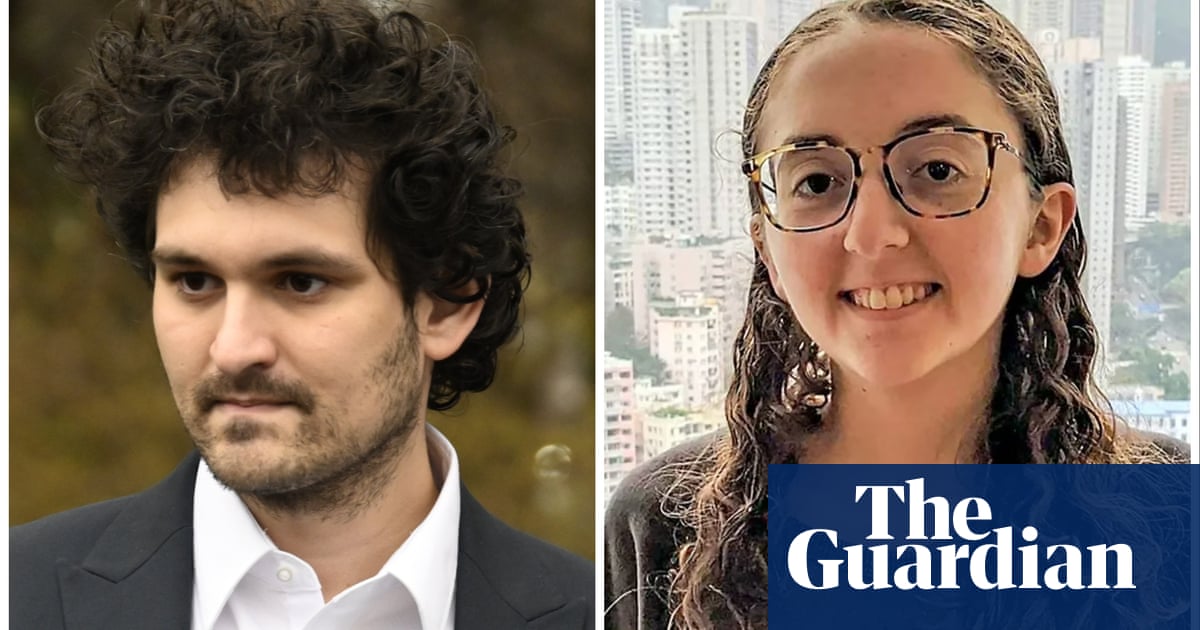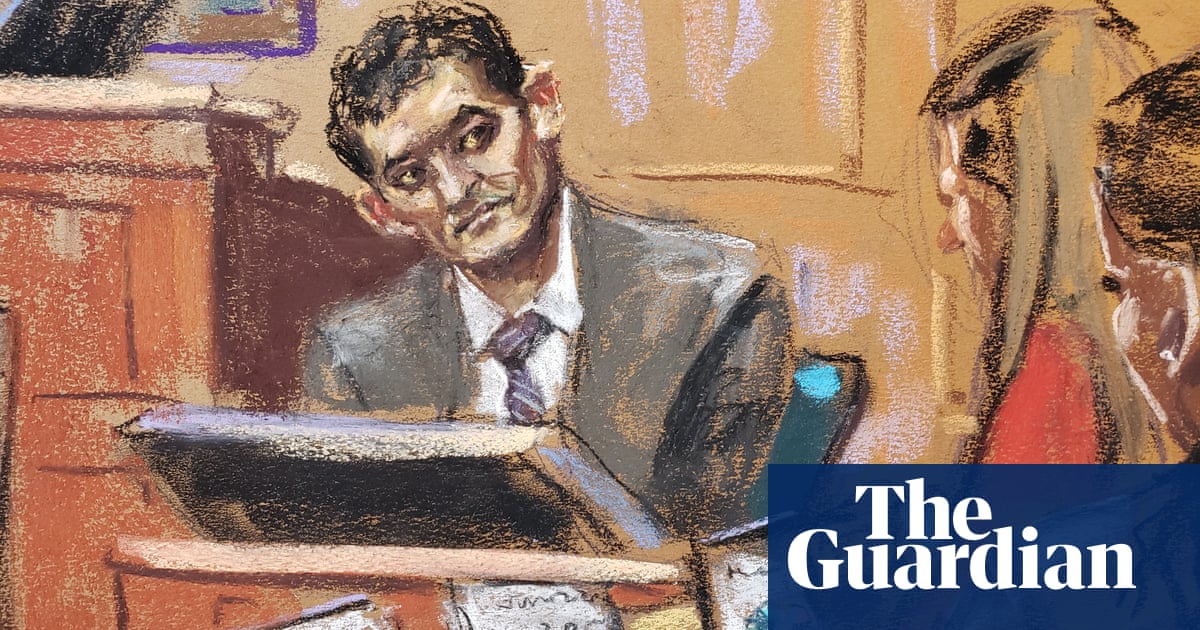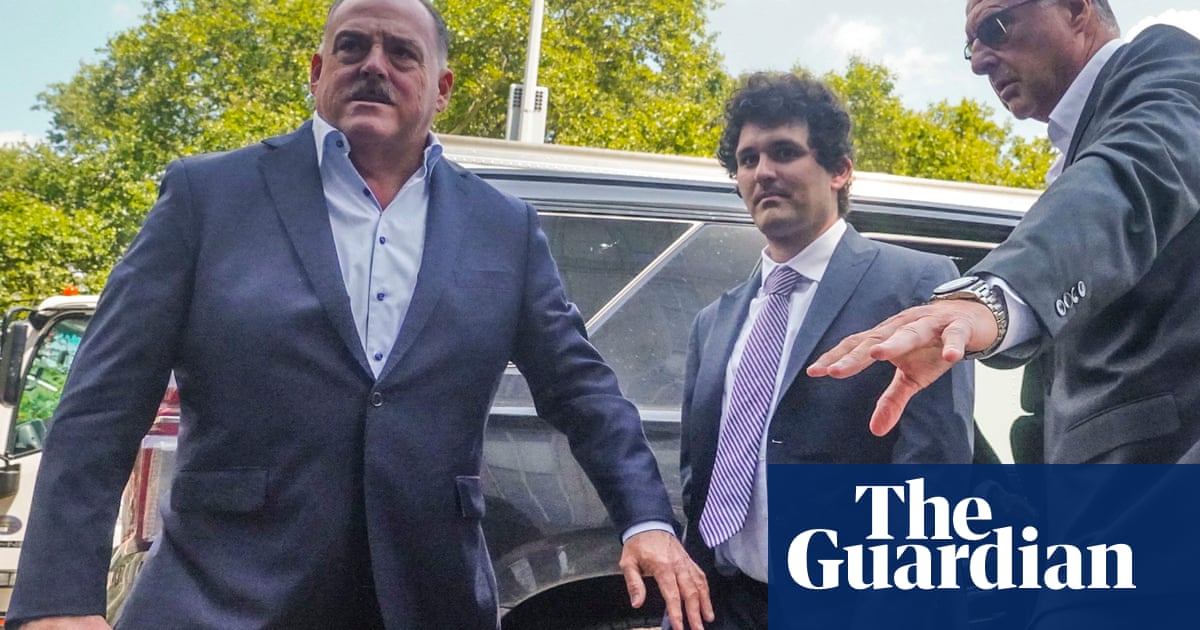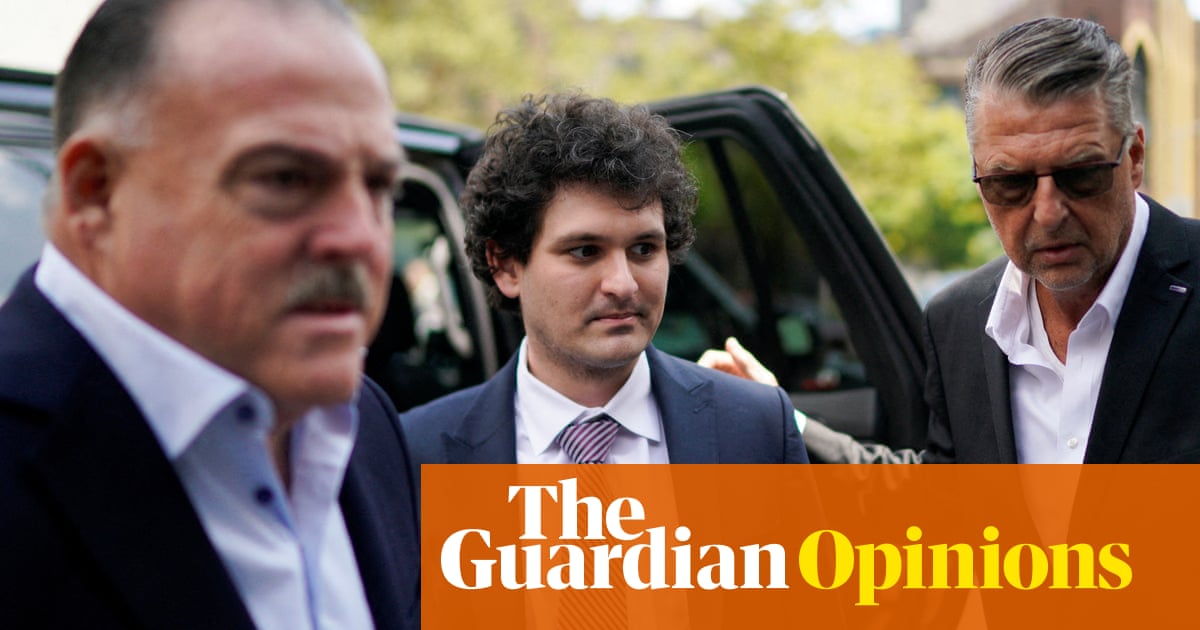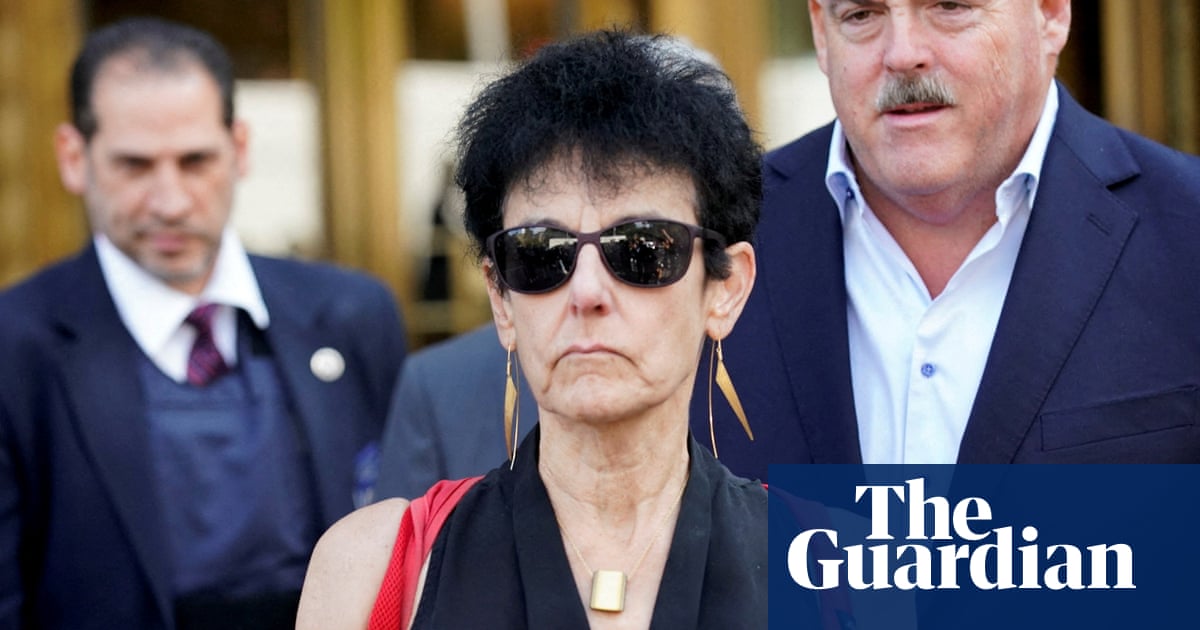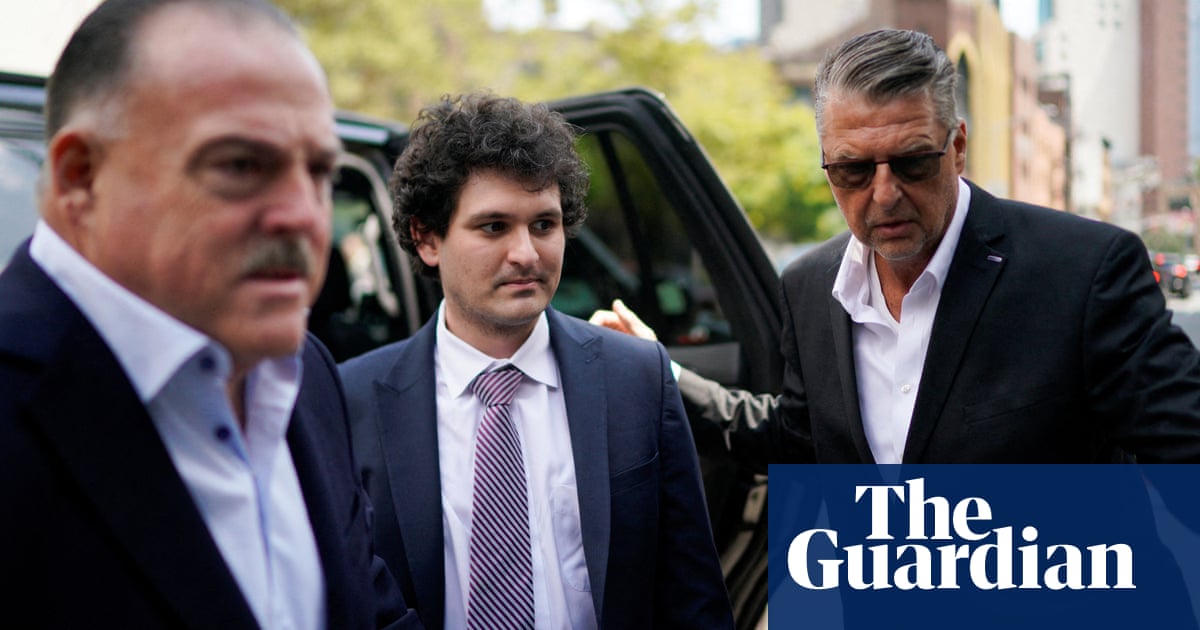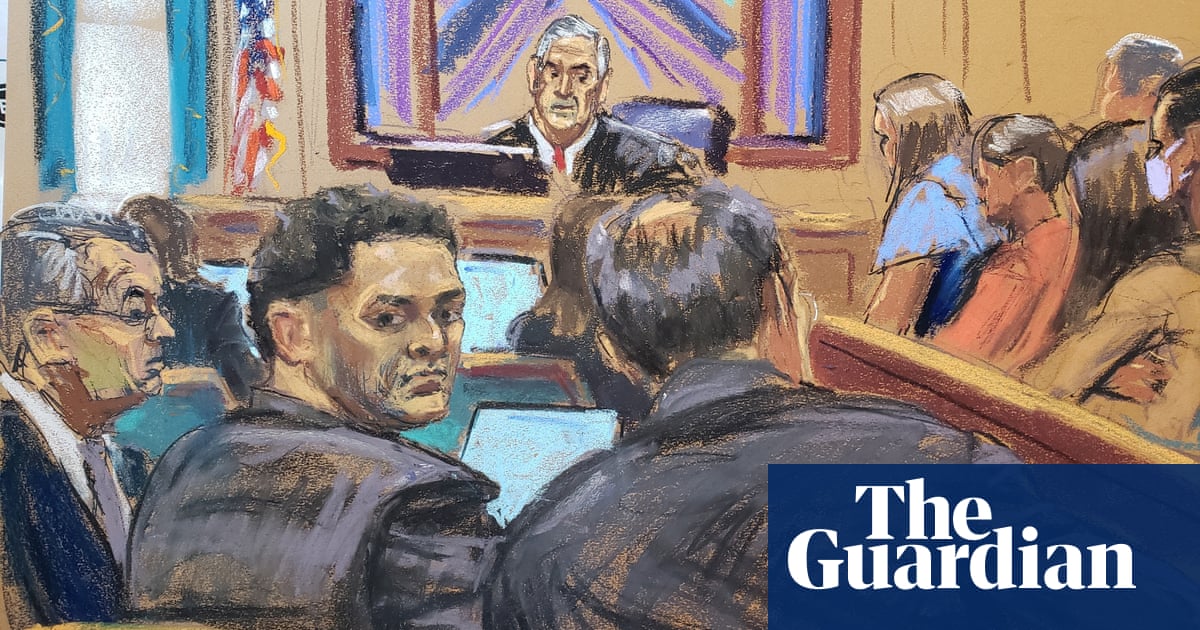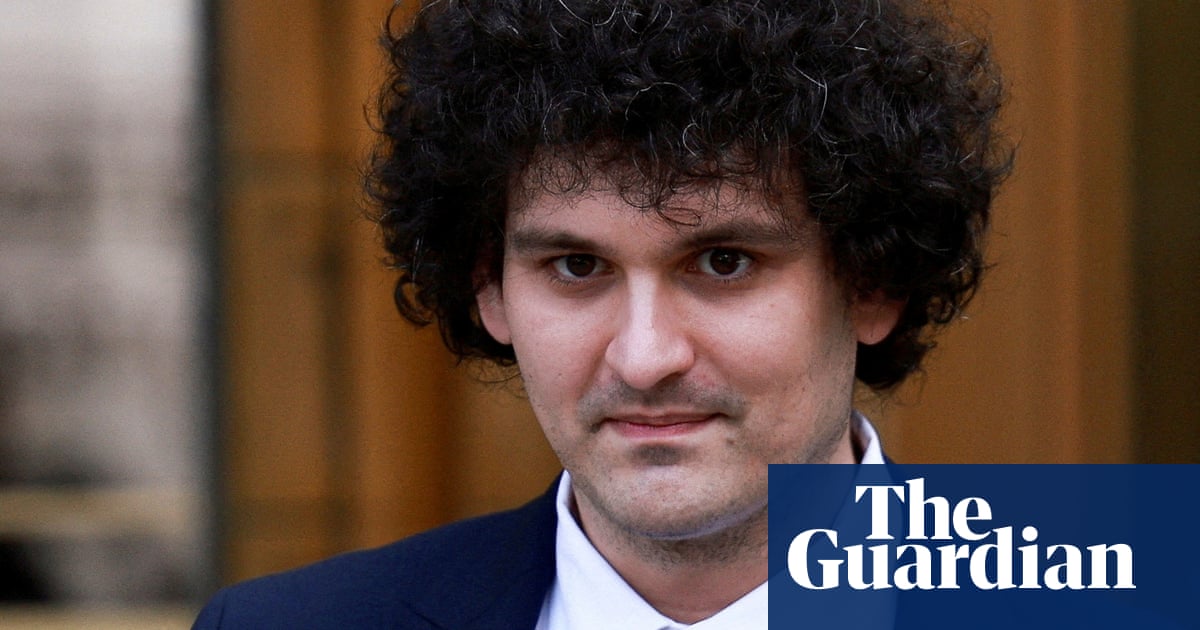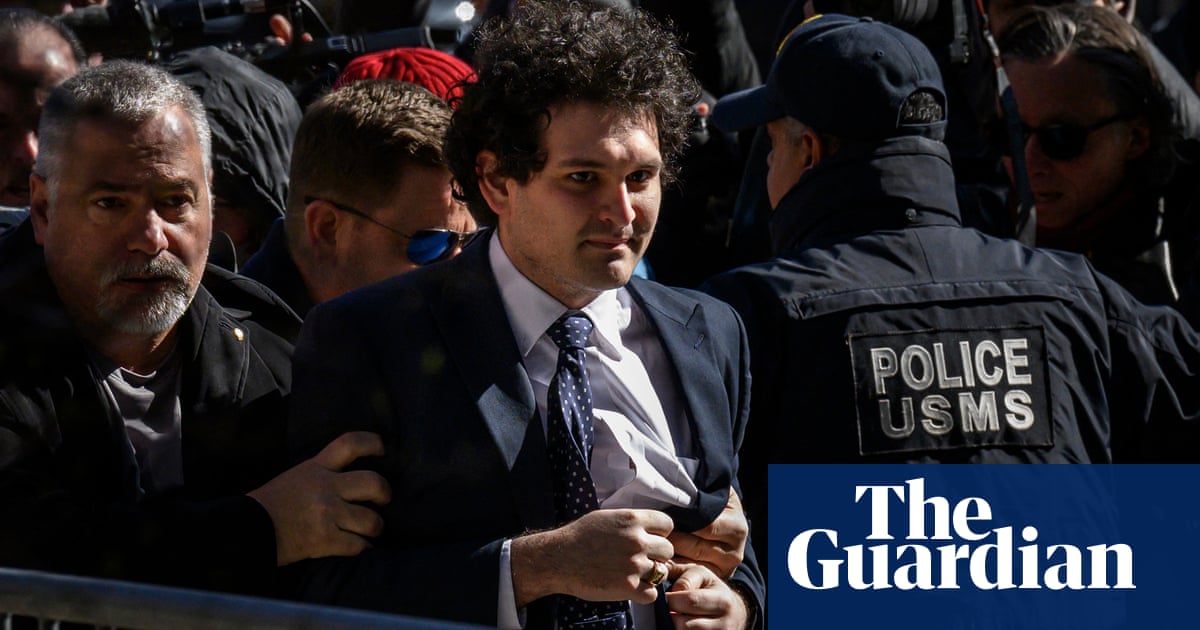
Nearly a month after the start of his fraud trial, Sam Bankman-Fried, the one-time cryptocurrency mogul, took the witness stand in his own defense in a risky move that exposed him to prosecutors’ probing.
Bankman-Fried, the founder of crypto exchange FTX, spent three days answering questions before a jury, in an 11th-hour attempt to counter the damning, detailed testimony against him from members of his inner circle.
He is charged with seven counts of wire fraud and conspiracy to launder money for his role in the multibillion-dollar collapse of FTX in 2022 and has pleaded not guilty. His company is in the middle of bankruptcy proceedings.
Here are six key moments from Bankman-Fried’s testimony.
He denied the central charge: defrauding FTX customers out of $10bn
Prosecutors allege Bankman-Fried “misappropriated and embezzled” billions of dollars for his own ends – expensive real estate, celebrity endorsements, private jets, political contributions – and to compensate for an enormous budget shortfall at Alameda Research, FTX’s sister hedge fund.
Caroline Ellison, the former chief executive of Alameda and Bankman-Fried’s ex-girlfriend, has testified she committed financial crimes at Bankman-Fried’s direction. Gary Wang, a co-founder of FTX, and Nishad Singh, the exchange’s director of engineering, gave similar testimony. Ellison, Wang and Singh have pleaded guilty to wire fraud and conspiracy.
Bankman-Fried, however, said he didn’t know that FTX customers’ funds had been used illegally until just before his $32bn company collapsed. He said he didn’t remember ordering his employees to spend his customers’ money on ritzy real estate and other extravagances. He repeated three times: “I don’t recall giving any direction” in answer to the prosecution’s questions.
On Friday, his defense attorney Mark Cohen asked: “Did you defraud anyone?”
“No, I did not,” said Bankman-Fried.
“Did you take customer funds?” Cohen asked.
“No,” said Bankman-Fried.
Bankman-Fried did, however, admit to “significant oversights” and “large mistakes” such as never putting a risk management team into place.
“Did FTX at that time have a risk management department?” Cohen asked.
“We sure should have,” he said on the stand.
He said his public persona was not an act
Prosecutors pressed Bankman-Fried on his personal style, contending that the founder’s eccentric tech-whiz persona was part of a larger ruse. Ellison testified earlier in the trial that it was.
Bankman-Fried denied that his signature unkempt hair and humble cargo shorts were part of a carefully crafted persona to woo customers and investors.
“You testified, didn’t you, that you didn’t cut your hair because you were busy and lazy?” the prosecutor Danielle Sassoon asked Bankman-Fried.
“That sounds about right,” he replied.
Did he tell a colleague, Sassoon asked, as the New York Times reported: “‘I honestly think it’s negative EV [estimated value] for me to cut my hair. I think it’s important for people to think I look crazy.”
“I don’t think I said that in that way,” Bankman-Fried responded.
“Mr Bankman-Fried, do you recall this article from the New York Times?” Sassoon pressed, referring to the article with the “crazy” comment.
“Vaguely,” Bankman-Fried said.
Sassoon also asked whether, during a trip to the Middle East to court investors, he had said a T-shirt and shorts were “part of your brand”.
“Do you recall saying that?” she asked.
“I don’t recall it,” he said.
He said he knew ‘basically nothing’ about crypto when he started FTX
Bankman-Fried said he knew “basically nothing” about cryptocurrencies when he started FTX, just that they were “things you could trade”.
He told his lawyer on the stand: “I had absolutely no idea how they worked.”
“We thought we might be able to build the best product on the market” and move the crypto ecosystem forward, he added.
Things didn’t turn out that way, though, he said: “It turned out basically the opposite of that. A lot of people got hurt – customers, employees – and the company ended up in bankruptcy.”
He blamed Caroline Ellison and Binance for FTX’s collapse
Bankman-Fried’s lawyers cast Ellison as the architect of FTX’s collapse. In their line of questioning, they focused on Bankman-Fried’s request to Ellison to hedge Alameda’s positions, which Bankman-Fried said she failed to follow.
Cohen, Bankman-Fried’s attorney, appeared intent on showing that the entrepreneur tried his best to make FTX better and safer. Cohen and Bankman-Fried discussed hedging, specifically their contention that Ellison did not take positions that would have insulated Alameda from the dramatic crash of crypto in spring 2022, which imperiled the hedge fund.
“I called a meeting with Caroline and I told her that I was very concerned about Alameda,” Bankman-Fried testified. “I said that I was very concerned that it’s fallen from $40bn to $10bn over the prior year, and that as far as I could tell, it still had not hedged against the risk of market collapse.”
He was worried that if the market plunged yet again, “Alameda might become insolvent”, he said.
There was another meeting on the same subject in September of that year, where, Bankman-Fried said, he asked about Alameda’s lack of hedging.
“What did she say?” Cohen asked.
“She started crying,” Bankman-Fried said. “She agreed that Alameda should have hedged.” Ellison admitted that she shouldn’t have made some of the investments and “offered to step down”, according to Bankman-Fried.
The defense also intimated that the exchange’s implosion was the fault of Binance, an FTX competitor. Binance, the world’s largest crypto exchange, unloaded more than $500m in FTT – FTX’s house cryptocurrency – days after CoinDesk broke the news that Alameda Research’s holding in the token put it at risk.
He stuck with the ‘overwhelmed math nerd’ defense
Cohen tried to bolster Bankman-Fried’s contention that the crypto founder was hopelessly overloaded and thus could not have known how wrong things were going at FTX. Cohen noted how FTX went from single-digit millions of daily trading in 2019 to tens of billions in 2022.
“When you started FTX in 2019, did you expect this level of growth?” Cohen asked.
“Absolutely not,” said Bankman-Fried.
“How many emails did you receive in a typical day?” Cohen asked.
“Uh, thousands,” Bankman-Fried said. “I was shooting for inbox 60,000. Sixty thousand unread messages would be a slightly less overwhelming number. I didn’t usually succeed.”
He said ‘I do not recall’ about a lot of things he’d said on the record
Bankman-Fried said “I do not recall” more than 100 times on the witness stand in response to questioning. Dozens of times, the prosecution confronted him with an on-the-record statement he had given or a recorded interview featuring him saying exactly what had been asked. The repeated mantra may hurt him in the eyes of the jury.





